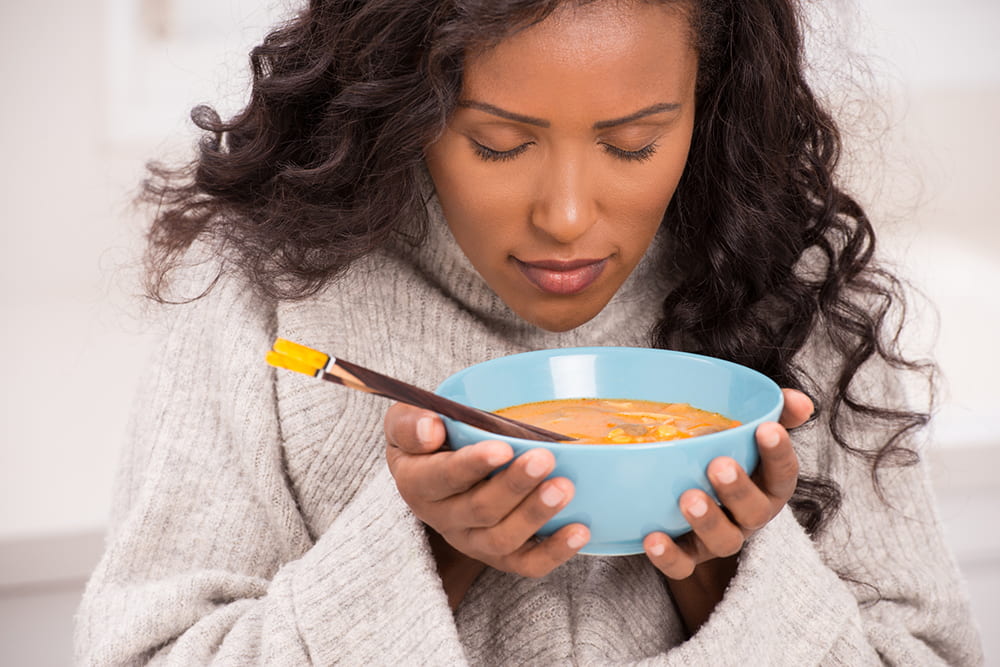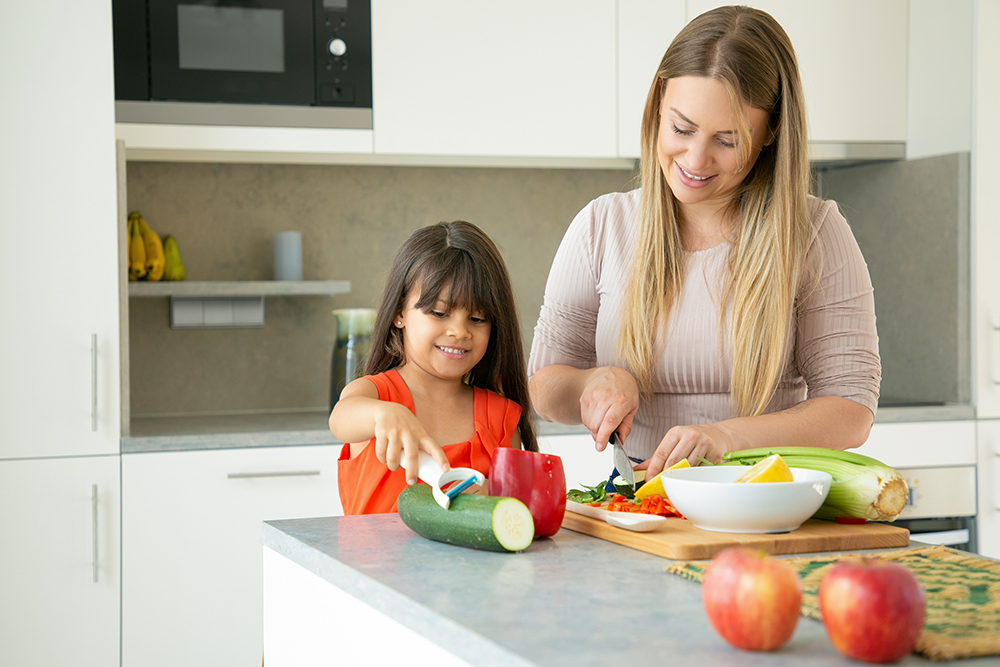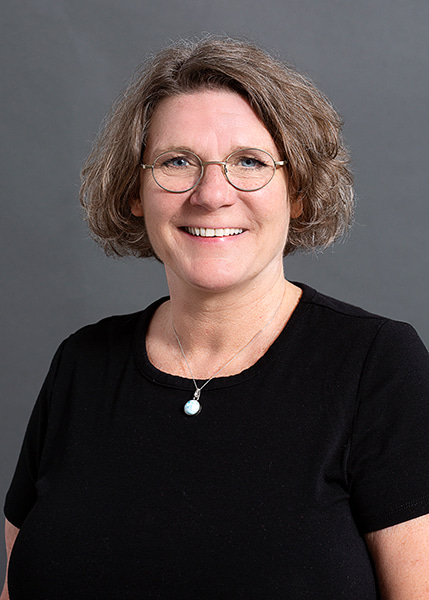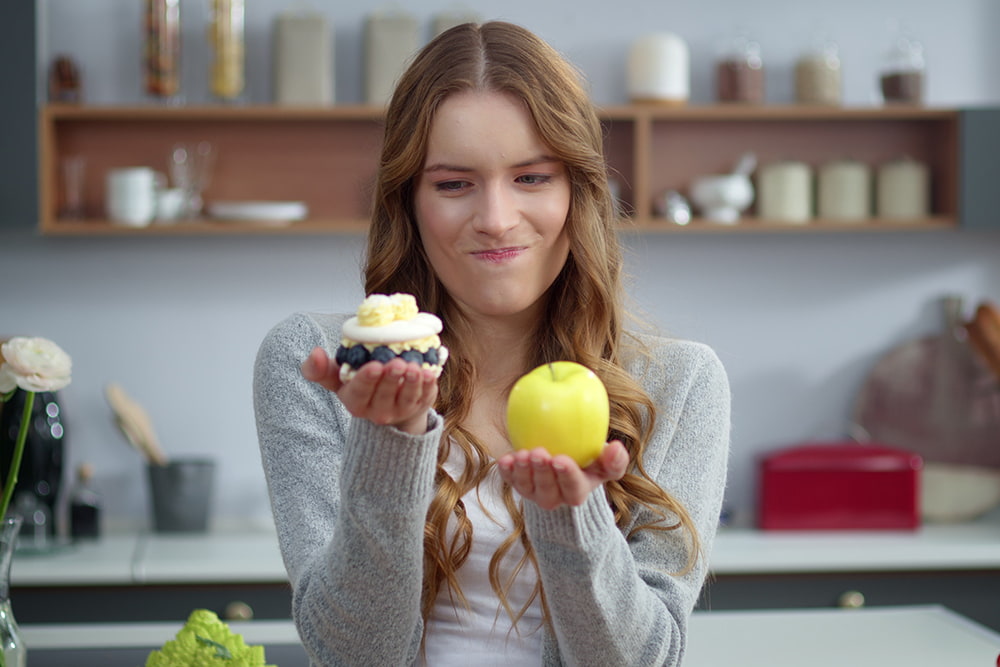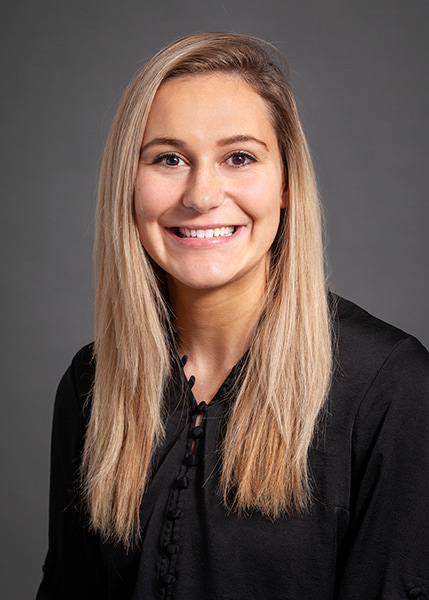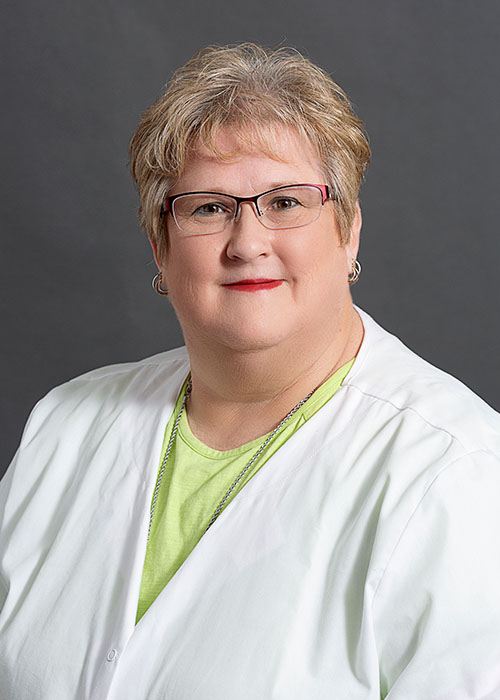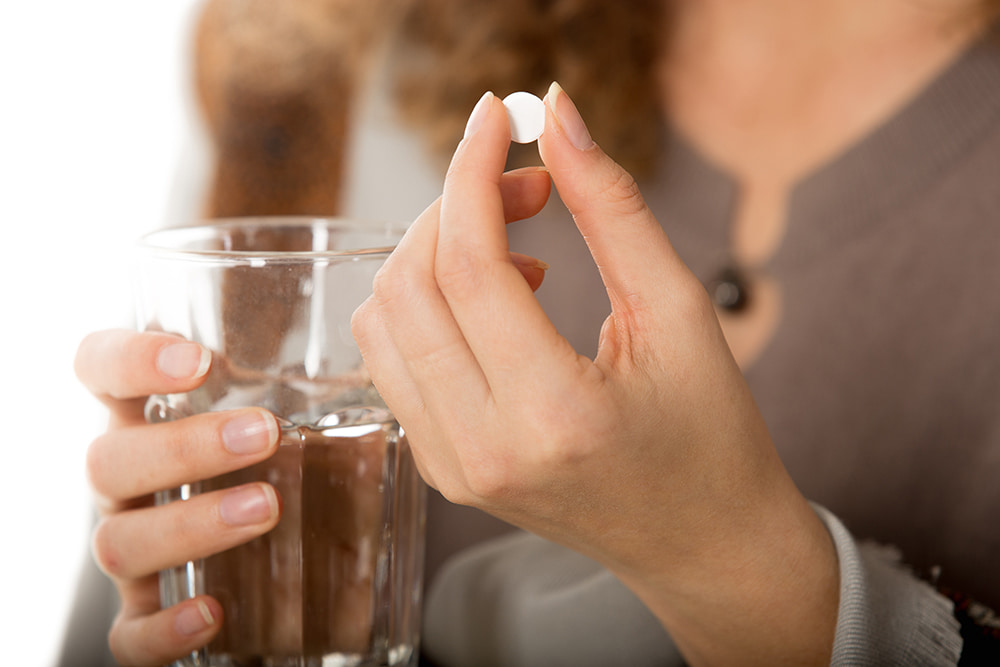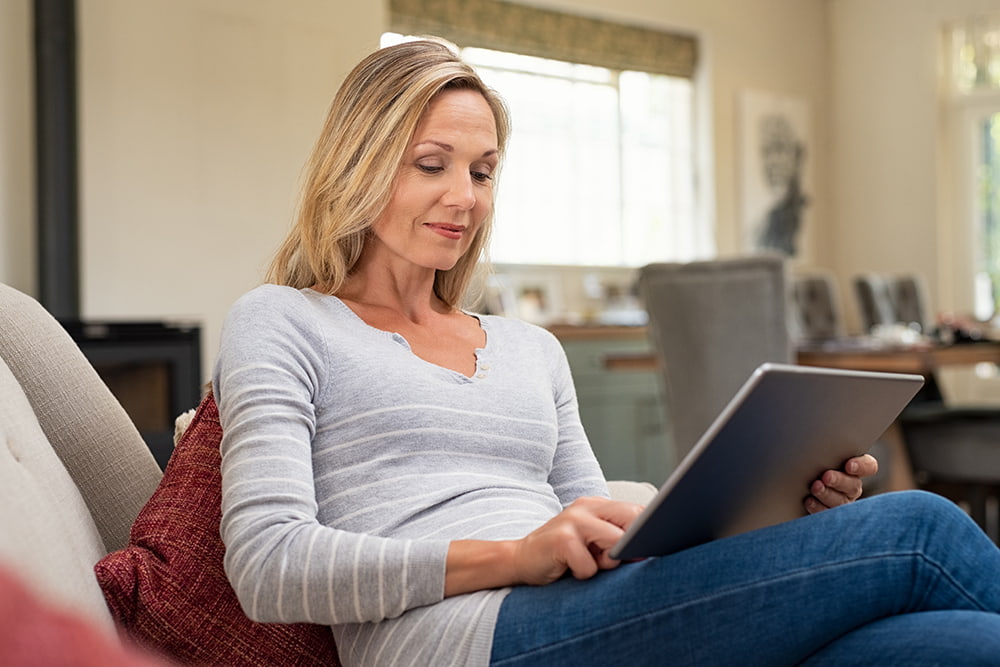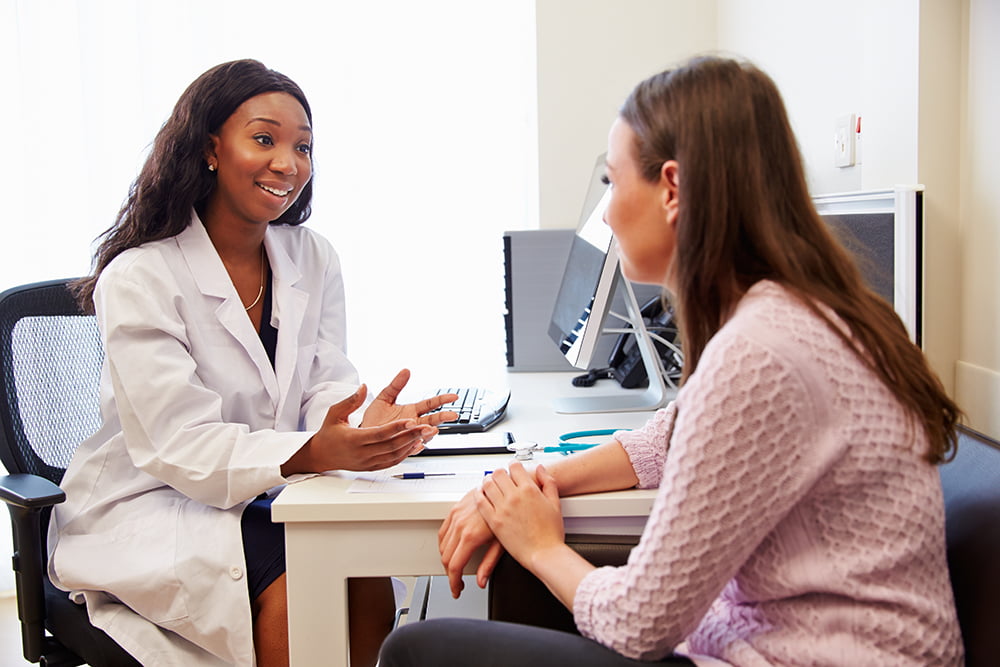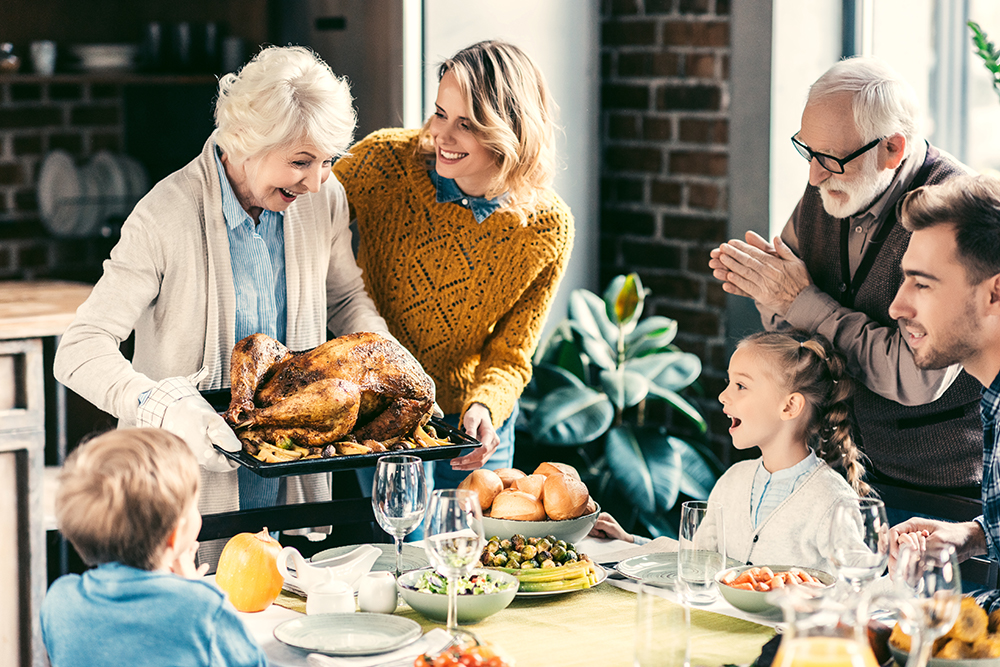What is emotional eating? Emotional eating is generally when we eat as a way to suppress or soothe negative emotions such as stress, anger, fear, boredom, sadness and loneliness. When we work to reduce emotional eating, it is important to be aware of behaviors we can change to allow our food to be more useful to our bodies and to gain emotional control over food.
Here are six pointers that I have found effective in my practice as a clinical psychologist at Bryan Counseling Center.
1. Slow Down so Your Body and Brain can Communicate
Eating more slowly is one of the best ways you can get your mind and body to communicate what is really needed for nutrition. The amount of time it takes your brain to register that your stomach is full is about 20 minutes. This is why we often unconsciously overeat. Eating more slowly allows enough time to receive the signal from your brain that you are full. This in turn helps us eat the right amount of food. Simple ways to slow down might include many of your grandmother’s manners like sitting down to eat, chewing each bite 25 times (or more) and setting down your fork between bites.
2. Know Your Body’s Personal Hunger Signals
Are you responding to an emotional want or responding to your body’s needs? Often we listen first to our minds, but like many mindfulness practices, we might discover more wisdom by tuning into our bodies first. Rather than just eating when we get emotional signals, which may be different for each of us – stress, sadness, frustration, loneliness, boredom – try to listen to your body. Is your stomach growling, your energy low or are you feeling lightheaded? Too often, we eat when our mind tells us to, rather than our bodies. True mindful eating is listening deeply to our body’s signals for hunger. Ask yourself: What are your body’s hunger signals, and what are your emotional hunger triggers?
3. Cultivate a Mindful Kitchen
Do you eat alone and randomly or do you eat with others or at set times? Another way that we eat mindlessly is by wandering around looking through cabinets and eating at random times and places rather than thinking proactively about our meals and snacks. This prevents us from developing healthy environmental cues about what and how much to eat, and wires our brains with new cues for eating that are not always ideal. (For example, do you really want to create a habit of eating every time you get in the car?)
Sure, we all snack from time to time, but eating at consistent times and places can boost both your mind and body’s health, not to mention greatly helping your mood and sleep schedule. Yes, that means sitting down (at a table!), putting food on a plate or bowl, not eating it out of the container and using actual utensils. It also helps to eat with others if that is possible – not only are you sharing and getting some healthy connection, but you will also slow down and enjoy the food and conversation more.
Having a mindful kitchen means organizing and caring for your kitchen space so it encourages healthy eating and nourishing gatherings. Consider what you bring into your kitchen and where you put things away. Are healthy foods handy? What kinds of foods are in sight? When food is around, we eat it.
You don’t have to plan your food down to each bite, and it’s important to be flexible, especially on special occasions, but just be aware of the fact that you might be changing your eating habits at different times of the year or for different occasions. And when you do plan ahead, you are more likely to eat the amount your body needs at that moment rather than undereating and indulging later, or overeating and regretting it later.
4. Understand Your Motivations
Eating foods that are emotionally comforting vs. eating foods that are nutritionally healthy is a tricky balance. Ideally, we can find nourishing foods that are also satisfying and comforting. When we slow down and think about the healthy foods in our mouths we often enjoy them more than the story we want to tell ourselves about healthy food.
As we practice eating healthier and a greater variety of foods, we are less inclined to binge on our comfort foods, and more inclined to actually enjoy healthy foods. Ultimately we can find many foods mentally and physically satisfying as opposed to just a few.
5. Connect More Deeply with Your Food
Outside of hunter-gatherers or sustenance farmers, most of us have become disconnected from our food in recent years. Many of us don’t even consider where a meal comes from beyond the supermarket packaging. This is a loss because eating offers an incredible opportunity to connect us more deeply to the natural world, the elements and to each other.
When you pause to consider all of the people involved in the meal on your plate: from the loved ones (and yourself) who prepared it, to those who stocked the shelves, to those who planted and harvested the raw ingredients, to those who supported them, it is hard to not feel both grateful and interconnected. Be mindful of the water, soil and other elements that were part of its creation as you sit down to eat whatever you are eating. You can reflect on the cultural traditions that brought you this food and the recipes generously shared by friends or brought from a distant place and time to be handed down in the family.
As you consider everything that went into the meal, it becomes effortless to experience and express gratitude to all of the people who gave their time and effort, the elements of the universe that contributed their share, our friends or ancestors who shared recipes, and even the beings who may have given their lives to a part of creating this meal. With just a little more mindfulness like this, we may begin to make wiser choices about sustainability and health in our food, not just for us but for the whole planet.
6. Attend to your Plate
Multitasking and eating is a recipe for not being able to listen deeply to our body’s needs and wants. We’ve all had the experience of going to the movies with our bag full of popcorn, and before the coming attractions are over, we are asking who ate all of our popcorn. When we are distracted, it becomes harder to listen to our body’s signals about food and other needs. With your next meal, try single-tasking and just eating, with no screens or distractions besides enjoying the company you are sharing a meal and conversation with, even if it’s just your own.
While formal mindful eating practices may be what we think of when we look back on a mindfulness course or retreat we attended, the reality is that we do live – and eat – in the real world, which is a busy place. But we can take the insights gained from our formal practice – slowing down, listening to our bodies, doing one thing at a time, making even small rituals, and considering all that went into our meal on a more regular basis – and bring more informal mindfulness to our daily meals.
Finally, remind yourself each day that food is fuel for your body, not for comfort. By using mindful eating practices, you just may find the food you eat more enjoyable and nutritious.











